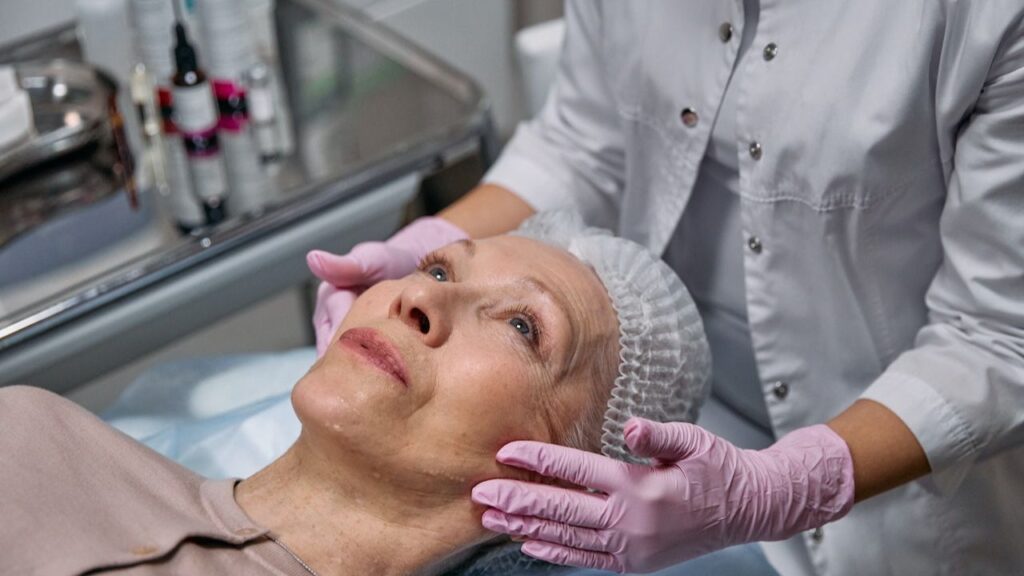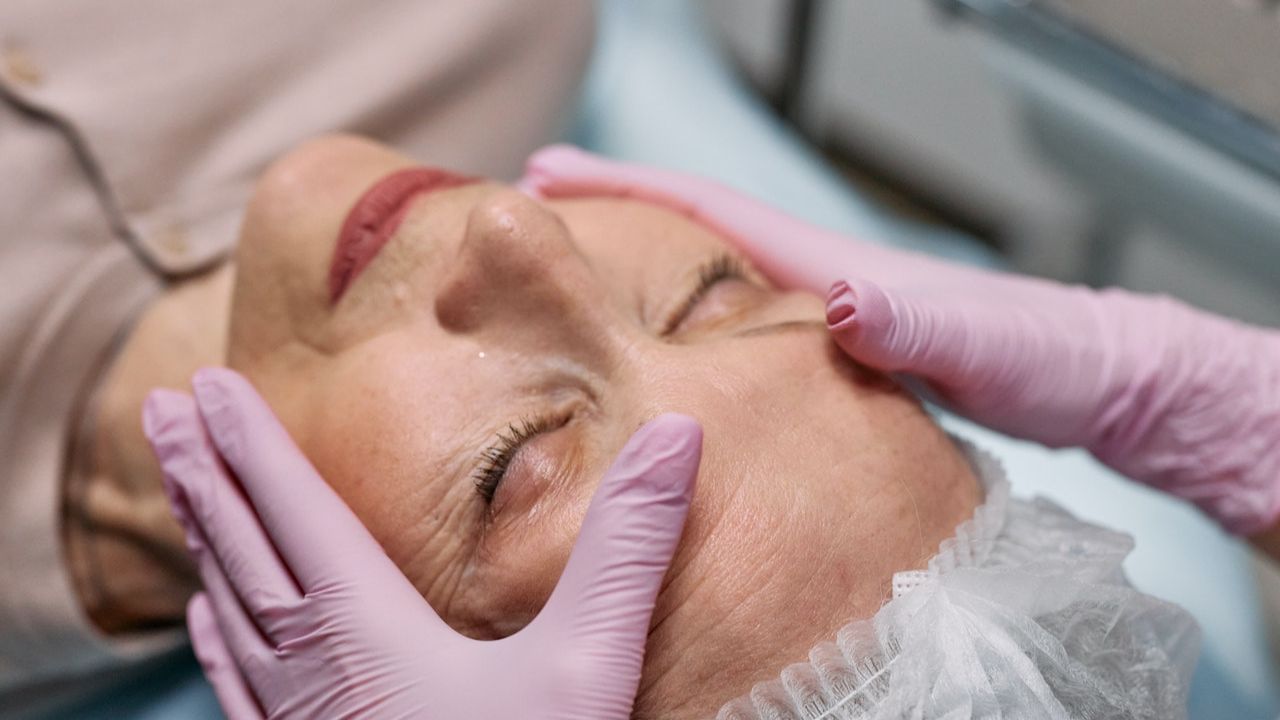Unleashing the Power of Reconstruction: Restoring Degloved Faces with Medical Innovations
Introduction
When faced with severe accidents or traumatic incidents, individuals may experience degloving injuries that strip away the skin and underlying tissues from the face, resulting in degloved faces. However, through remarkable medical innovations and advancements in reconstructive surgery, the restoration of degloved faces has become a reality.
Understanding Degloved Faces
Degloved faces occur when a significant portion of the facial skin and underlying tissues is forcibly detached, leaving muscles, tendons, and bones exposed. These injuries often arise from high-impact accidents, industrial mishaps, or animal bites. The severity of degloved faces can vary, with complete degloving presenting more complex challenges for reconstruction.
The Impact of Degloved Faces on Facial Tissues
Degloved faces not only cause visible deformities but also result in functional impairments. The loss of skin and soft tissue can lead to difficulties in facial movements, eating, speaking, and even breathing. Moreover, the psychological impact of such injuries can be significant, affecting self-esteem and overall well-being.
Medical Innovations for Restoring Degloved Faces
Over the years, medical advancements and innovations have revolutionized the field of degloved face reconstruction. Surgeons, researchers, and engineers have dedicated their efforts to developing techniques and tools that enable the restoration of degloved faces with remarkable precision and outcomes. These advancements offer hope to individuals who once faced permanent disfigurement.

Surgical Techniques for Degloved Face Reconstruction
Various surgical techniques have been developed to restore degloved faces. These techniques include:
A. Skin Grafts
Skin grafts play a crucial role in degloved face reconstruction. During this procedure, healthy skin is harvested from another part of the body and transplanted onto the damaged area. Skin grafts help cover exposed tissues, promote wound healing, and restore the natural contours of the face.
B. Microvascular Reconstruction
Microvascular reconstruction involves transferring tissue from one part of the body to the face using microsurgery techniques. This method allows for the reattachment of blood vessels, nerves, and tissues, enabling both form and function to be restored. Microvascular free tissue transfer, such as the use of free flaps, has expanded the possibilities for successful degloved face reconstruction.
C. Tissue Expansion
Tissue expansion is a technique that stimulates the growth of additional skin in the affected area. A tissue expander, a balloon-like device, is placed beneath the skin near the damaged site. Over time, the expander is gradually filled with saline solution, stretching the overlying skin. This process creates extra skin that can be used for reconstructive purposes, minimizing the need for extensive grafting.
Technology’s Role in Restoring Degloved Faces
Technological advancements have played a crucial role in enhancing degloved face reconstruction procedures. Three-dimensional (3D) imaging and printing allow surgeons to visualize and plan complex reconstructions with meticulous precision. Virtual reality (VR) and augmented reality (AR) technologies assist in preoperative planning and simulation, resulting in more accurate surgical outcomes.

Rehabilitation and Support for Degloved Face Patients
Restoring degloved faces involves more than just surgical interventions. Rehabilitation and support services are essential for holistic recovery. Physical therapy, speech therapy, and psychological counseling help patients regain functionality, adapt to their transformed appearance, and cope with emotional challenges throughout the healing process.
Coping with the Psychological Impact of Degloved Faces
Degloved faces can have a profound psychological impact on individuals. Patients often experience emotional distress, body image issues, and a diminished sense of self-esteem. Support groups, counseling, and therapy sessions are crucial for individuals to successfully navigate the emotional journey of reconstruction. Emphasizing resilience and providing coping strategies greatly assist in the psychological rehabilitation process.
Success Stories: Restoring Degloved Faces
Numerous success stories have emerged from degloved face reconstruction, highlighting its transformative power. Skilled surgeons, innovative techniques, and dedicated rehabilitation programs have helped individuals regain their facial aesthetics and functionality, reclaiming their lives and embracing their new normal.

Future Trends and Advancements in Degloved-Face Reconstruction
The field of degloved-face reconstruction continues to evolve rapidly, promising even more advanced techniques and improved outcomes in the future. Emerging technologies like regenerative medicine, tissue engineering, and bio-printing hold immense potential for creating custom-made tissues and organs, revolutionizing the possibilities for restoring degloved-faces.
Conclusion
The power of reconstruction in the field of degloved-faces is undeniable. Through medical innovations, surgical techniques, and comprehensive support, individuals who have suffered degloving injuries can find hope and restoration. Restoring degloved-faces not only involves physical healing but also allows individuals to regain confidence, functionality, and ultimately, their quality of life.
FAQs
1. Can facial reconstruction fully restore the appearance of a degloved-face?
Facial reconstruction techniques have advanced significantly, aiming to achieve natural-looking outcomes. While every case is unique, skilled surgeons employ various methods to restore the appearance of degloved-faces.
2. How long does the recovery process usually take for degloved-face reconstruction?
Recovery time varies depending on the complexity of the injury and the chosen reconstruction techniques. Generally, complete recovery and healing of degloved facial tissues can take several months to a year.
3. Are there any risks associated with degloved-face reconstruction surgery?
As with any surgical procedure, degloved-face reconstruction carries certain risks, including infection, bleeding, scarring, and potential complications associated with anesthesia. Skilled surgeons take extensive precautions to minimize these risks and ensure the best possible outcomes for their patients.
4. Can degloved-face reconstruction improve functionality as well?
Yes, degloved-face reconstruction aims to restore both aesthetics and functionality. Surgeons work to improve facial movements, speech, and eating abilities, providing patients with comprehensive restoration.
5. Is degloved-face reconstruction covered by insurance?
In many cases, degloved-face reconstruction procedures may be covered by insurance, especially when deemed medically necessary. It is advisable to consult with insurance providers and medical professionals to understand coverage options and requirements.
For treatment inquiries, you may visit https://skinnovation.care/ or https://www.ncbi.nlm.nih.gov/
Thank you for your visit https://info4you.in

Leave a Reply